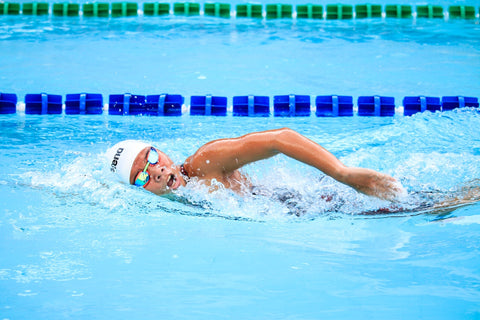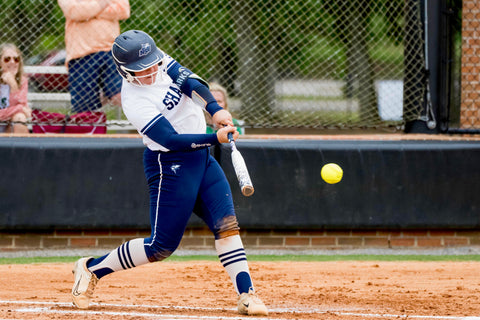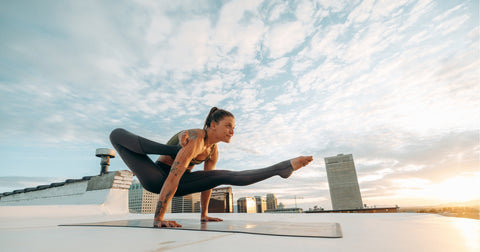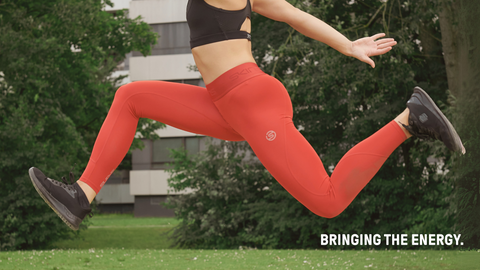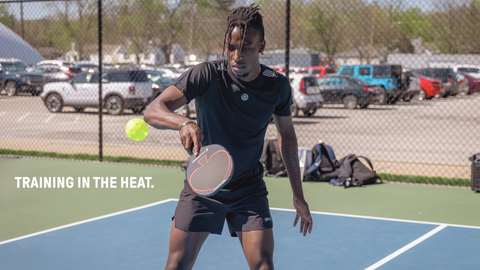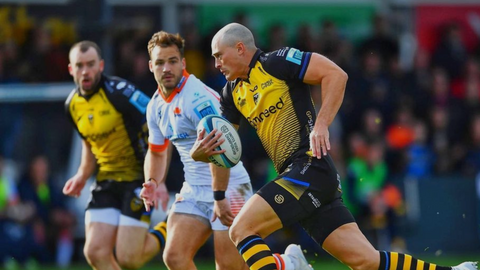Swimming is one of the most demanding sports, requiring a blend of endurance, strength, and technique. Whether you’re swimming laps at the pool or tackling the waves in open water, muscle cramps and fatigue can be a swimmer's worst enemy. These problems can disrupt your performance, cause discomfort, or even lead to injury if not addressed properly. In this guide, we'll explore the causes of muscle cramps and fatigue in swimmers and how you can prevent them to keep your performance at its peak.
What Causes Muscle Cramps and Fatigue in Swimmers?
Muscle cramps and fatigue can stem from a variety of factors, but for swimmers, common causes include:
- Dehydration: Water may surround you while swimming, but that doesn’t mean your body doesn’t lose fluids. Dehydration can lead to electrolyte imbalances, triggering muscle cramps.
- Overuse of Muscles: Repetitive movements during swimming, especially over long distances or high-intensity sessions, can tire your muscles, leading to cramps and fatigue.
- Lack of Warm-up: Jumping into a high-intensity swim without warming up your muscles can lead to stiffness and cramps. A proper warm-up is essential for priming your muscles and joints.
- Poor Nutrition: Inadequate intake of key nutrients, especially electrolytes like sodium, potassium, and magnesium, can make muscles more prone to cramping and fatigue.
- Improper Technique: Overworking certain muscle groups due to poor swimming technique can cause muscle strain and fatigue. Proper form is key to distributing the workload evenly across your body.
Tips to Prevent Muscle Cramps and Fatigue
Now that we understand what causes cramps and fatigue, let's dive into prevention strategies that can keep your muscles strong and cramp-free during your swim sessions.
- Stay Hydrated
- It’s easy to forget about hydration when you’re swimming, but it’s crucial to drink water before, during, and after your sessions. Electrolyte-rich drinks can also help replenish key minerals lost through sweat.
- Warm-Up Properly
- A good warm-up helps increase blood flow to your muscles, loosening them up and preparing them for the workout ahead. Try light swimming or dynamic stretches such as arm swings and leg kicks to activate your muscles before jumping into the water.
- Incorporate Compression Wear
- Wearing compression garments like SKINS compression sleeves or shorts can help increase blood circulation, allowing more oxygen to reach your muscles. This reduces the risk of cramps and helps prevent early fatigue during your swim.
- Focus on Technique
- Improving your stroke technique can help distribute the strain evenly across your muscles, reducing the likelihood of overloading specific muscle groups. Consider working with a coach to refine your form.
- Pace Yourself
- Overtraining or pushing yourself too hard too soon can lead to premature muscle fatigue. Gradually build your endurance by pacing your workouts and giving your muscles enough time to adapt to increased intensity or distance.
- Stretch Regularly
- Stretching after your swim is key to preventing muscle tightness, which can lead to cramping. Focus on stretching your calves, hamstrings, shoulders, and arms to release tension and promote flexibility.
- Fuel Your Body
- Make sure you’re eating a well-balanced diet that includes plenty of potassium (found in bananas and sweet potatoes), magnesium (found in leafy greens and nuts), and sodium. These electrolytes are essential for proper muscle function and can prevent cramping.
- Incorporate Cross-Training
- Cross-training exercises like yoga or strength training can help you build stronger muscles and improve flexibility, reducing the likelihood of fatigue and cramping. These activities also promote better muscle balance and coordination.
- Rest and Recover
- Overworking your muscles without proper rest can lead to chronic fatigue and increase the risk of cramping. Make sure to incorporate rest days into your training routine, allowing your muscles to recover. Using SKINS compression gear post-swim can aid in faster recovery by reducing muscle soreness and promoting circulation.
- Listen to Your Body
- If you feel your muscles tightening or experiencing early signs of fatigue, take a break. Continuing to push through discomfort can lead to more severe cramps or injuries.
How SKINS Compression Wear Can Help
SKINS Compression wear is designed to support muscle function and reduce the risk of cramping and fatigue. The gentle pressure applied by compression gear improves circulation, delivering more oxygen to your muscles and aiding in the removal of waste products like lactic acid. Whether you’re using it during your swim session or as part of your recovery routine, SKINS compression gear can make a significant difference in preventing muscle fatigue and keeping your muscles feeling fresh.
Key Benefits of Compression Wear for Swimmers:
- Improved blood flow and oxygen delivery
- Reduced muscle soreness and tightness
- Enhanced recovery after intense swim sessions
- Added support for joints and muscles
Conclusion
Preventing muscle cramps and fatigue is essential for any swimmer looking to maximize performance and enjoyment in the water. By staying hydrated, fueling your body with the right nutrients, warming up, and incorporating compression gear like SKINS into your routine, you can swim longer and stronger without the discomfort of cramps or fatigue. Whether you’re training for competition or simply swimming for fitness, these strategies will keep your muscles performing at their best.
